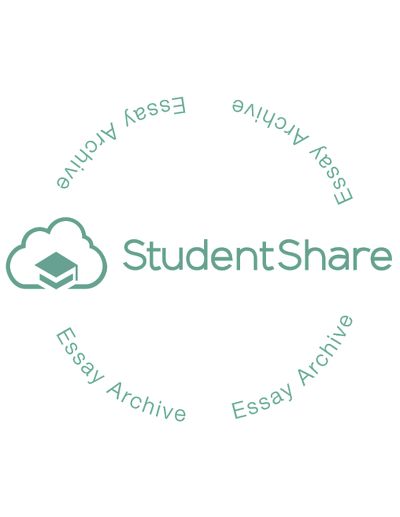Cite this document
(Recruitment and Selection Procedure Research Paper, n.d.)
Recruitment and Selection Procedure Research Paper. Retrieved from https://studentshare.org/human-resources/1555408-human-resources-management
Recruitment and Selection Procedure Research Paper. Retrieved from https://studentshare.org/human-resources/1555408-human-resources-management
(Recruitment and Selection Procedure Research Paper)
Recruitment and Selection Procedure Research Paper. https://studentshare.org/human-resources/1555408-human-resources-management.
Recruitment and Selection Procedure Research Paper. https://studentshare.org/human-resources/1555408-human-resources-management.
“Recruitment and Selection Procedure Research Paper”. https://studentshare.org/human-resources/1555408-human-resources-management.


